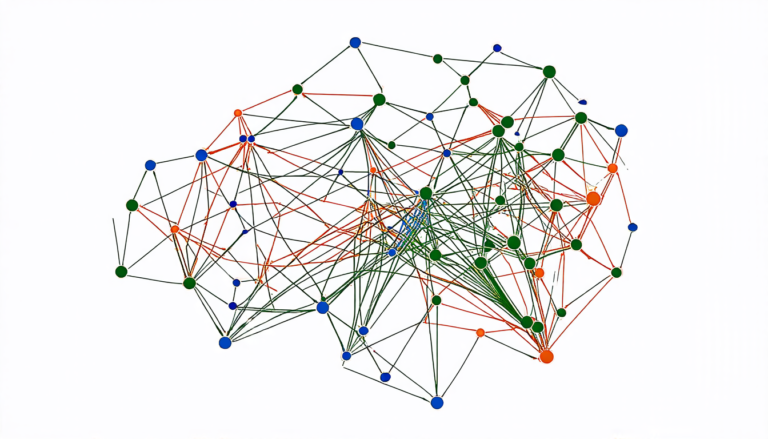Sunday 27 July 2025
The quest for resilient networks has reached a new milestone, as researchers have developed a novel approach to detect and mitigate attacks on formation control systems. These complex networks rely on precise coordination between multiple agents to achieve a common goal, such as maintaining a stable grid or navigating a swarm of robots.
The proposed method, dubbed Second-Order State Hallucination (SOSH), combines two key techniques: residual-based detection and second-order Taylor expansions. By analyzing the differences between expected and actual system behavior, SOSH can identify compromised agents and replace their states with more accurate estimates.
In traditional control systems, a single faulty agent can disrupt the entire network. But SOSH’s decentralized approach allows each node to function independently, reducing the impact of an attack. When an anomaly is detected, the affected node is temporarily disconnected from the network, and its state is recalculated using second-order approximations.
The researchers demonstrated the effectiveness of SOSH through extensive simulations on a 5-agent complete graph formation control system. In this setup, one agent was intentionally compromised to broadcast incorrect information, while the other nodes used SOSH to detect and mitigate the attack. The results showed that SOSH achieved superior transient recovery rates and steady-state accuracy compared to established robustness methods.
The implications of SOSH extend beyond formation control systems. As networks become increasingly interconnected and complex, the need for resilient communication protocols has never been more pressing. By integrating SOSH into existing network architectures, developers can create more reliable and secure systems that can withstand malicious attacks.
One of the most significant advantages of SOSH is its adaptability to different system scales and dynamics. Unlike traditional control methods, which often rely on specific assumptions about the environment, SOSH’s decentralized approach allows it to operate effectively in a wide range of scenarios. This flexibility makes it an attractive solution for various applications, from industrial control systems to autonomous vehicles.
The researchers’ work also highlights the importance of system-theoretic approaches in ensuring network resilience. By analyzing complex systems as a whole, rather than focusing on individual components, developers can create more robust and secure networks that are better equipped to withstand attacks.
As the Internet of Things (IoT) continues to expand, the need for reliable communication protocols will only grow stronger. SOSH’s innovative combination of detection and correction methods offers a promising solution for securing these critical systems. With its adaptability, scalability, and effectiveness in mitigating attacks, SOSH is poised to become an essential tool in the quest for resilient networks.
Cite this article: “Resilient Networks: A Novel Approach to Detecting and Mitigating Attacks on Formation Control Systems”, The Science Archive, 2025.
Resilient Networks, Formation Control Systems, Second-Order State Hallucination, Residual-Based Detection, Taylor Expansions, Decentralized Approach, Network Security, Malicious Attacks, System-Theoretic Approaches, Internet Of Things (Iot).







